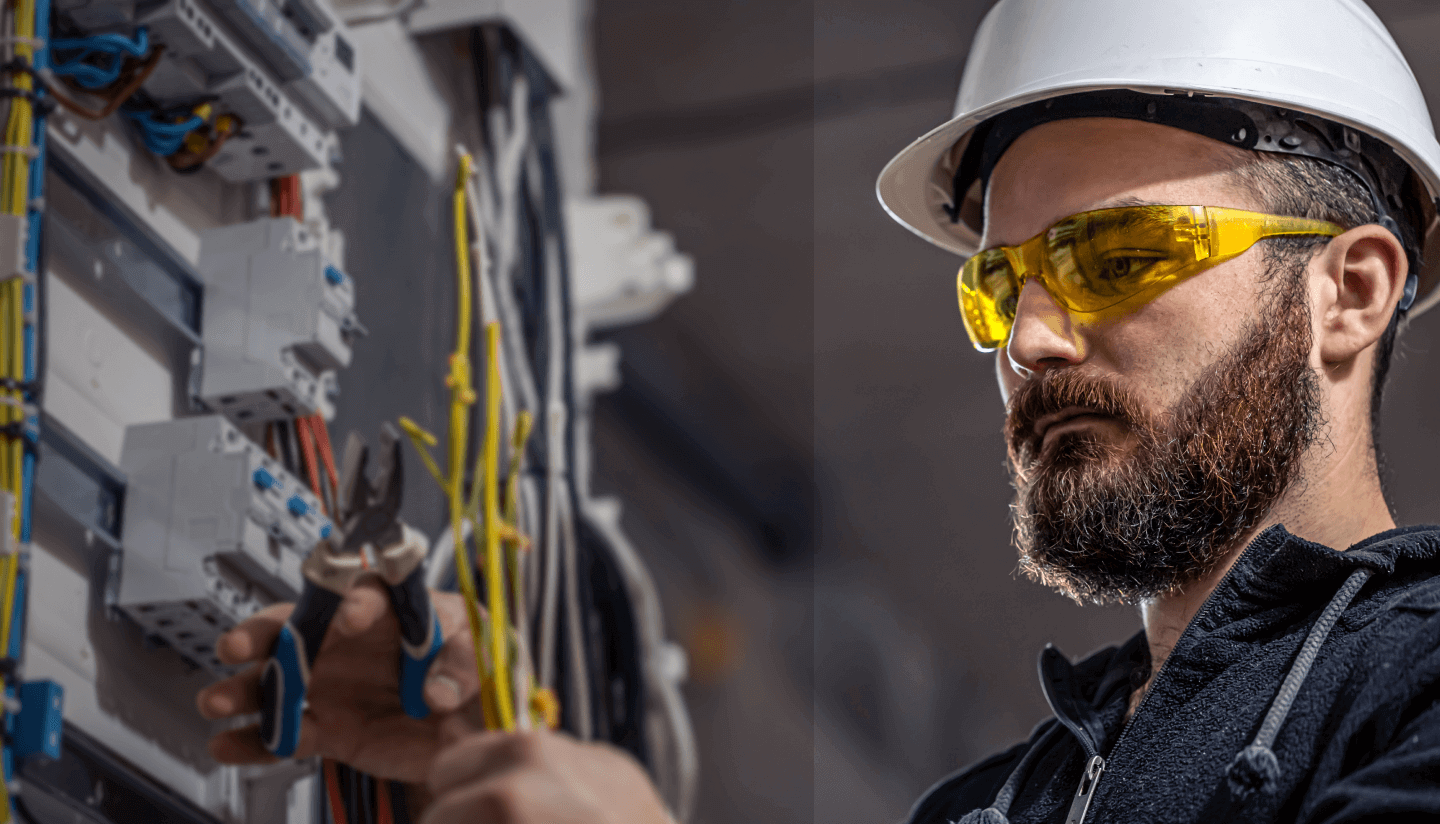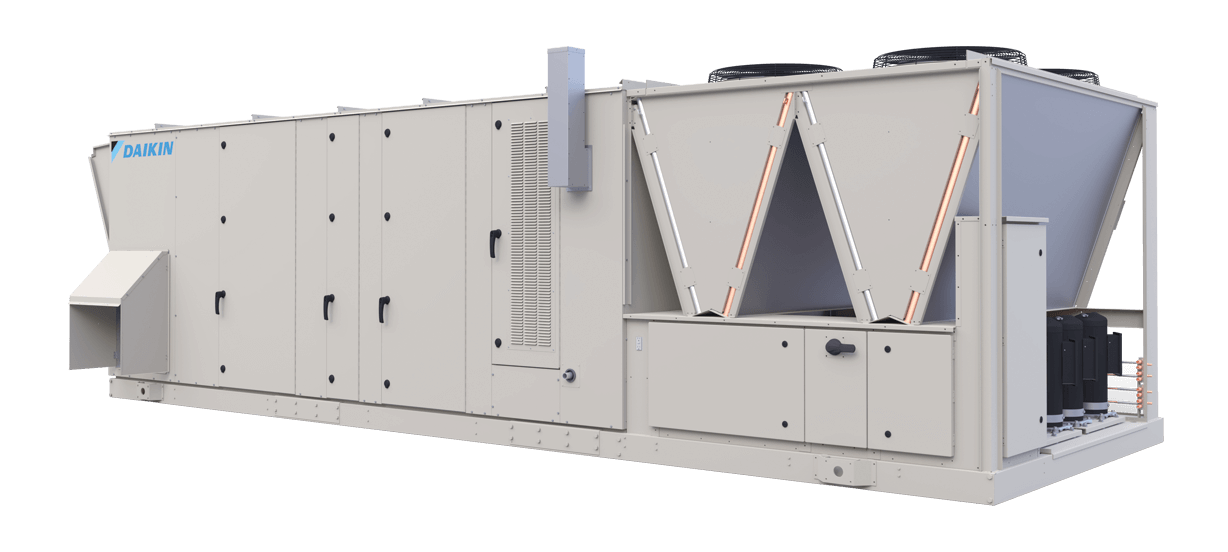


A rooftop unit (RTU) is a self-contained heating, ventilation, and air conditioning (HVAC) system installed on the roof of buildings, most commonly in commercial and industrial spaces. It integrates all components necessary for heating and cooling within a single unit, which makes it convenient for space-saving and easier maintenance. RTUs typically condition air by pulling it from outside the building, heating or cooling it, and then distributing it indoors.
Single-Zone RTUs:
Multi-Zone RTUs:
Cooling-Only RTUs:
Heating-Only RTUs:
Packaged Gas/Electric RTUs:
Heat Pump RTUs:
Dual-Fuel RTUs:
Compressor:
Condenser:
Evaporator Coil:
Fan and Blower:
Heat Exchanger:
Filters:
Dampers:
Economizers: These are energy-saving devices that allow the RTU to bring in outside air for cooling when outdoor conditions are favorable, reducing the need for mechanical cooling.
Variable Air Volume (VAV): Some RTUs are equipped with VAV systems, allowing them to adjust the airflow to meet the changing needs of different areas within the building.
Energy Recovery Ventilation (ERV): ERVs help reduce energy consumption by transferring heat and humidity between incoming fresh air and outgoing exhaust air, maintaining indoor comfort with less energy.
Variable Speed Drives (VSD): These drives enable the compressor and fan motors to run at varying speeds based on demand, significantly improving energy efficiency.
Retail and Commercial Spaces: Due to their simplicity and space-saving design, RTUs are commonly installed on retail stores, shopping malls, and restaurants.
Industrial Buildings: Factories, warehouses, and production plants benefit from the larger capacities and zoned heating/cooling that RTUs can offer.
Office Buildings: RTUs are used in office spaces to maintain comfortable indoor temperatures and ventilation, often equipped with multi-zone functionality.
Space Efficiency: By placing the entire HVAC system on the roof, RTUs save valuable indoor floor space.
Ease of Maintenance: With all components housed in one location, technicians can access and service the RTU more easily.
Scalability: RTUs can be added or upgraded in a modular fashion as the building's heating and cooling needs grow.
Cost Efficiency: Many modern RTUs are designed with energy-saving features, such as variable speed motors, economizers, and ERV, lowering operational costs.
Indoor Air Quality (IAQ): Advanced filtration systems and economizers improve the air quality in the building by allowing for more precise control of outdoor air intake.
Size: It’s critical to select the right size of an RTU to ensure efficient operation and avoid wasted energy. An oversized or undersized RTU can lead to issues with humidity control, energy consumption, and system wear and tear.
Energy Efficiency: Opting for RTUs with energy-efficient features like VAV, ERV, or VSD can reduce long-term operational costs and carbon footprint.
Installation Location: RTUs should be placed strategically on rooftops to avoid excessive sun exposure, strong winds, or debris accumulation, which could hinder performance.
Rooftop units are a highly versatile and practical solution for many commercial and industrial HVAC applications. Their compact design, ease of maintenance, and ability to serve a wide range of spaces make them a go-to choice in modern buildings.
© Copyright 2025 - Fast Mechanical Plus. All Right Reserved by Opera Solutions